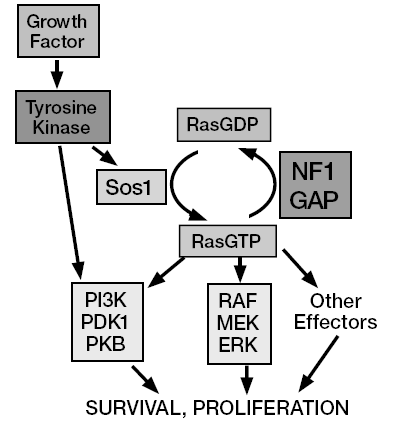I know I’m notorious for complaining about those goofy definitions of atheism (“it just means “not believing in god”, nothing more!”, the superficial mob will say) because the word has acquired much deeper resonances that we ignore at our peril, and has implications far greater than simple rejection of one assertion. But the other word that people love to abuse is “freethought”. The same superficial twits all think it means simply that you’re allowed to think whatever you want (which, it turns out, you can do even in a theocracy) and that it’s a kind of hedonism of the mind in which all things are permissible.
It’s not. It’s a word with a long history, a real meaning, and a greater substance than the poseurs know of. Alex Gabriel does a marvelous job scouring the ignoramuses on the meaning of freethought.
Objections to Freethought‘s place in our masthead are among the laziest, glibbest soundbites our critics have, but more than that display a failure to grasp even the term’s most basic history. Freethought is not ‘free thought’ or uninhibited inquiry – to think so boasts the same green literalism as thinking a Friends’ Meeting House is a shared beach hut or that Scotch pancakes contain Scotch – though even if it were, it’s silly and inane to assume one’s critics are automatons or say loose collective viewpoints mean dictatorship. Freethought is a specified tradition, European in the main, whose constituents have by and large been countercultural, radical and leftist, everything Condell and cohorts viscerally despise.
I am so fed up with people who say that they understand the meaning of the word “free” and the meaning of the word “thought”, and therefore they understand everything they need to know about “freethought”. And these are often the same people who claim that their tradition is one of knowledge and learning and skepticism, yet they want to replace the complex world of knowledge with a kind of naive literalism.







